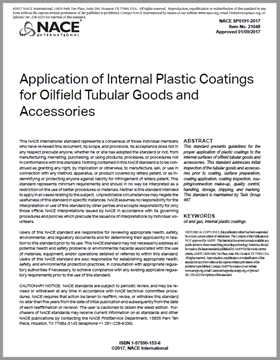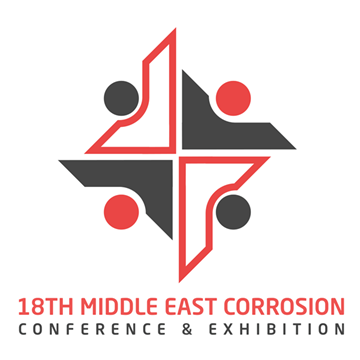Search
Products tagged with 'oil & gas'
View as
Sort by
Display
per page
NACE SP0191-2017 (formerly RP0191), "Application of Internal Plastic Coatings for Oilfield Tubular Goods and Accessories"
Product Number:
21048-SG
Publication Date:
2017
$179.00
Optimization of UNS N08034 in the Cold Worked Condition for Use in the Oil and Gas Industry
Product Number:
51324-20938-SG
Publication Date:
2024
$40.00
Reducing Embodied Carbon by Using Fibre Reinforced Polymers (FRP) Rather than Steel
Product Number:
MECC23-20045-SG
Publication Date:
2023
$20.00
RP0198-HD1998 The Control of Corrosion Under Thermal Insulation and Fireproofing Materials—A Systems Approach-HD1998
Product Number:
21084-HD1998
ISBN:
1-57590-049-1
Publication Date:
1998
$179.00
The Susceptibility Of Spheroidal Graphite Cast Iron To Hydrogen Induced Stress Cracking
Product Number:
51322-17796-SG
Publication Date:
2022
$20.00
TM0399-HD1999-Standard Test Method for Phosphonate in Brine-HD1999
Product Number:
21089-HD1999
ISBN:
1-57590-084-X
Publication Date:
1999
$179.00
UNS N08830 – New Ni-Fe-Cr-Mo-N Super-Austenitic Alloy
Product Number:
51317--8979-SG
ISBN:
8979 2017 CP
Publication Date:
2017
$20.00







